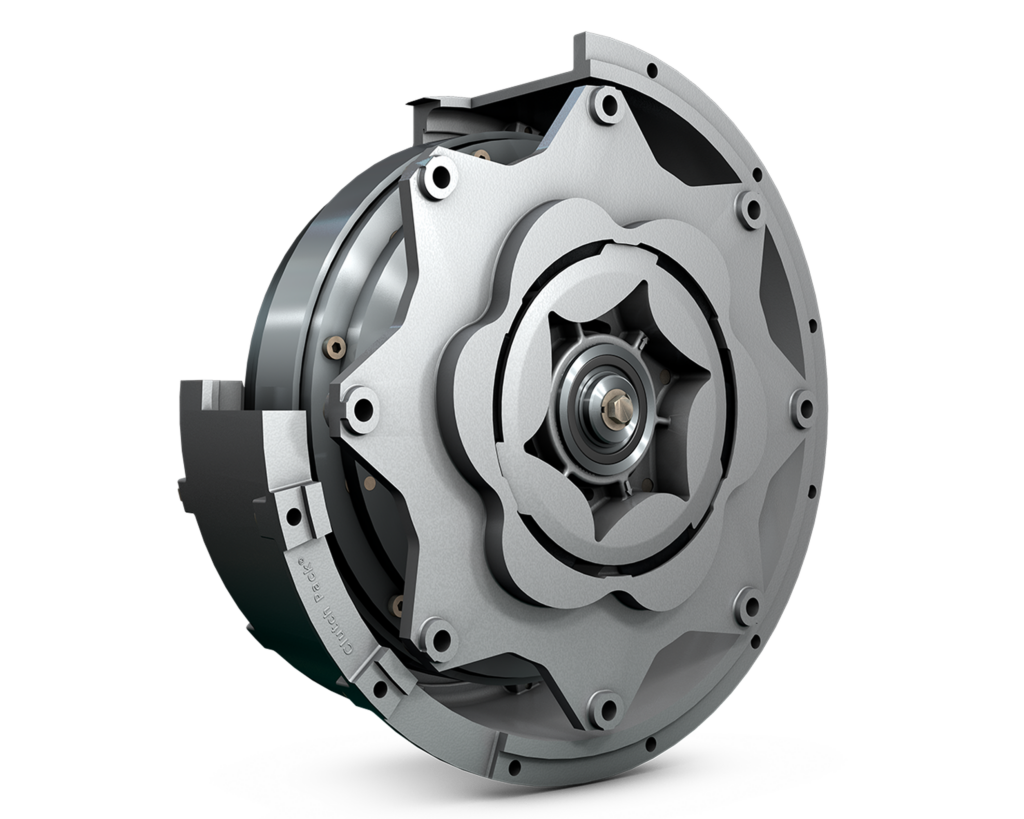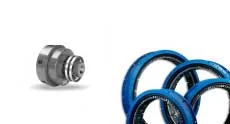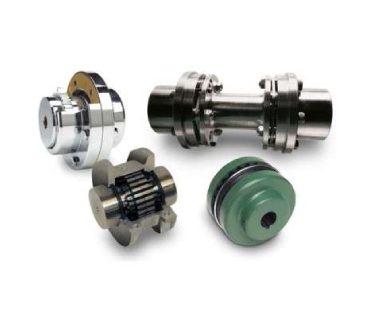Clutches are an essential component in many industrial machines and vehicles, providing a reliable and efficient way to engage and disengage power transmission between two rotating shafts. They are used in a wide range of applications, including automotive, aviation, marine, and heavy industry.
There are several types of clutches available, each with its own advantages and disadvantages. Some of the most common types include friction clutches, hydraulic clutches, and electromagnetic clutches.
Friction clutches use a system of plates or discs to engage and disengage power transmission between two rotating shafts. When the clutch is engaged, the plates are pressed together, creating friction and transferring power between the shafts. When the clutch is disengaged, the plates are separated, stopping power transmission.
Hydraulic clutches use a fluid to engage and disengage power transmission between two rotating shafts. When the clutch is engaged, hydraulic pressure is applied to a piston, which then presses the clutch plates together, creating friction and transferring power between the shafts. When the clutch is disengaged, hydraulic pressure is released, allowing the plates to separate and stopping power transmission.
Electromagnetic clutches use an electromagnetic field to engage and disengage power transmission between two rotating shafts. When the clutch is engaged, an electromagnetic field is created, which then pulls the clutch plates together, creating friction and transferring power between the shafts. When the clutch is disengaged, the electromagnetic field is released, allowing the plates to separate and stopping power transmission.
Overall, clutches are a critical component in many industrial machines and vehicles. They provide a reliable and efficient way to engage and disengage power transmission, improving efficiency and reducing wear and tear on the machinery. Whether you are designing a new machine or retrofitting an existing one, clutches are an essential consideration that can help to improve its performance and reliability.




